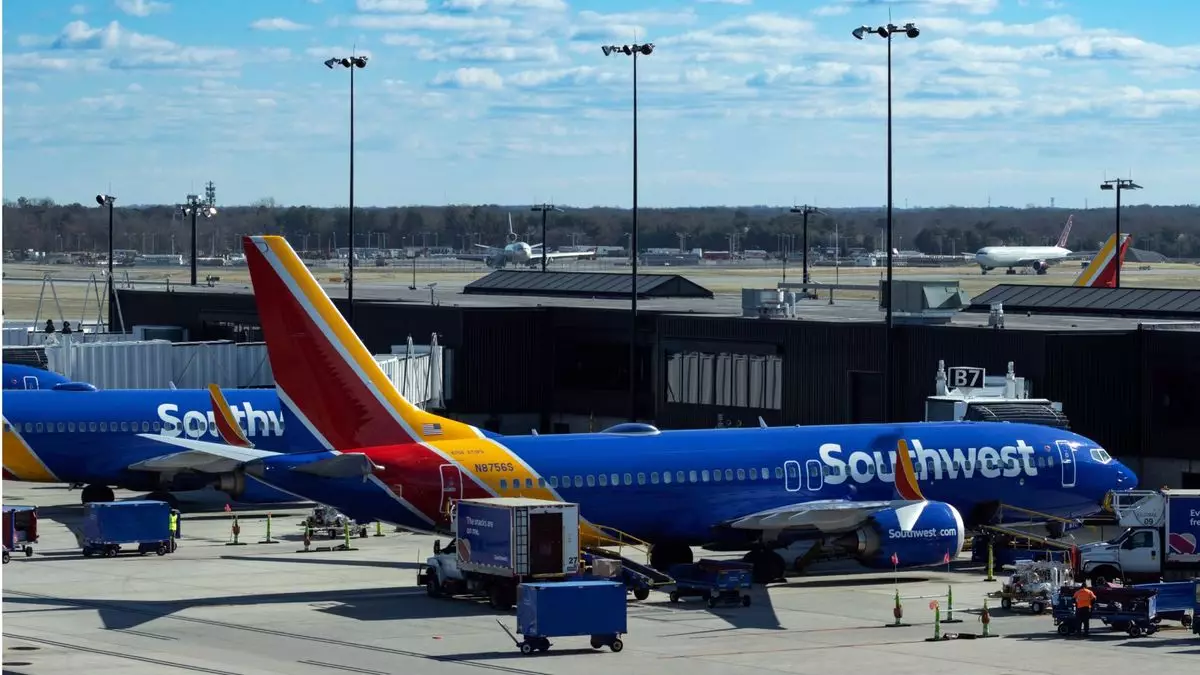Southwest Airlines is on the verge of introducing its first-ever premium seating product, while moving away from its signature open seating policy, analysts have indicated. This significant shift in strategy poses both risks and rewards for the brand, as it aims to cater to a broader customer base. The airline’s CEO, Bob Jordan, has emphasized that these changes will be implemented in a manner that aligns with the core values of Southwest.
Market research conducted by Southwest Airlines revealed that a majority of its existing customers, 80% to be precise, expressed a preference for assigned seating. This data played a crucial role in the decision to transition away from open seating, which has been a distinctive feature of the airline for over five decades. Analysts believe that this shift could potentially unlock new revenue streams for Southwest, with estimates suggesting significant financial gains through assigned seating and extra-legroom options.
Consumer preferences in the airline industry have evolved, particularly in the aftermath of the pandemic. Southwest’s traditional single-cabin planes, lacking premium seating options, have put the carrier at a competitive disadvantage. The introduction of extra-legroom seats and assigned seating is seen as a strategic move to align with changing consumer tastes and enhance the overall travel experience.
While the transition to assigned seating may pose challenges to Southwest’s brand identity, it also presents opportunities for growth and differentiation. The airline’s commitment to maintaining its unique customer-centric approach, characterized by true hospitality and a friendly atmosphere, will be crucial in navigating these changes. Southwest must also leverage digital innovations and uphold its company culture to stay ahead in a rapidly evolving industry landscape.
Southwest’s decision to revamp its seating and boarding procedures puts it in direct competition with established players in the industry. As other airlines have already embraced assigned seating and digital advancements, Southwest faces the challenge of redefining its brand positioning. The airline must find a balance between modernizing its offerings and staying true to its roots of simplicity and customer-first approach.
The impending changes at Southwest Airlines have sparked discussions about the airline’s future trajectory and market positioning. Analysts and industry experts agree that the shift towards assigned seating and premium options is a necessary step for Southwest to stay relevant and competitive. By emphasizing its unique selling points, such as free checked bags and a laid-back vibe, Southwest can differentiate itself in a crowded marketplace.
Southwest Airlines is at a pivotal juncture with the introduction of premium seating and assigned seating options. While these changes may challenge the airline’s established brand image, they also present opportunities for growth and adaptation. By staying true to its core values and leveraging innovation, Southwest can navigate the evolving landscape of the airline industry successfully.


Leave a Reply